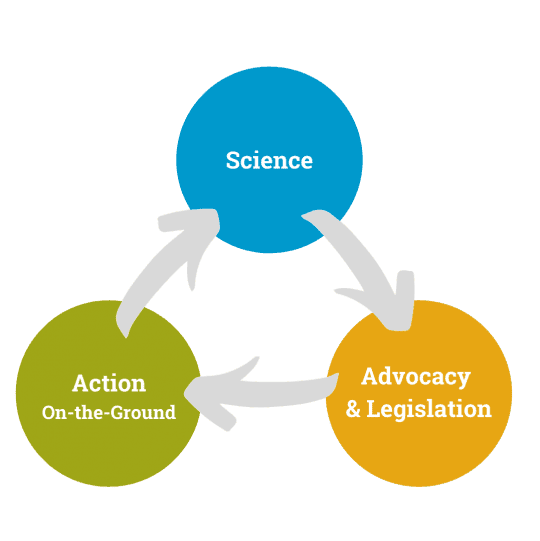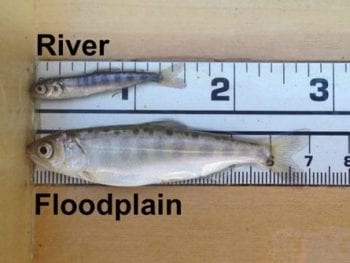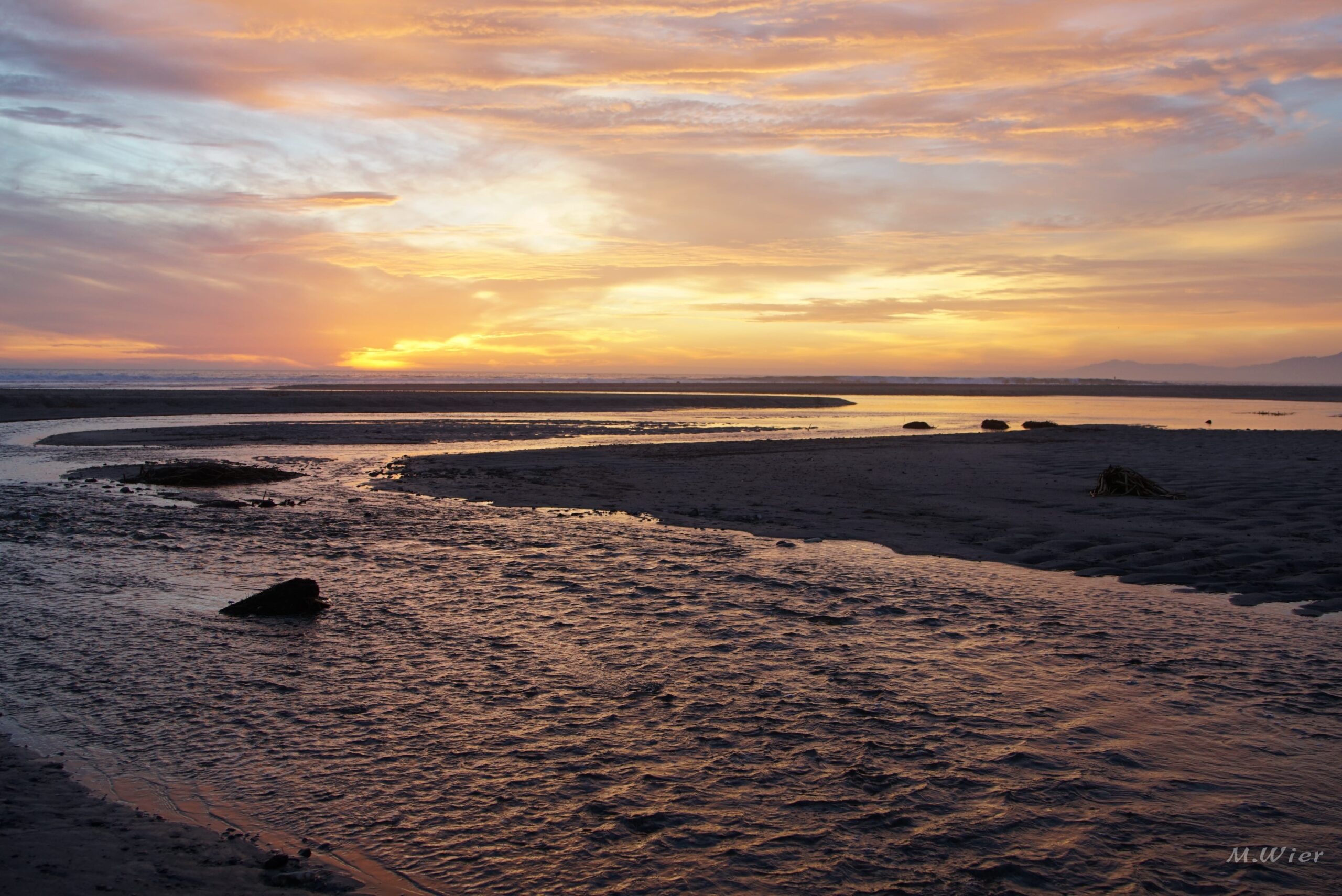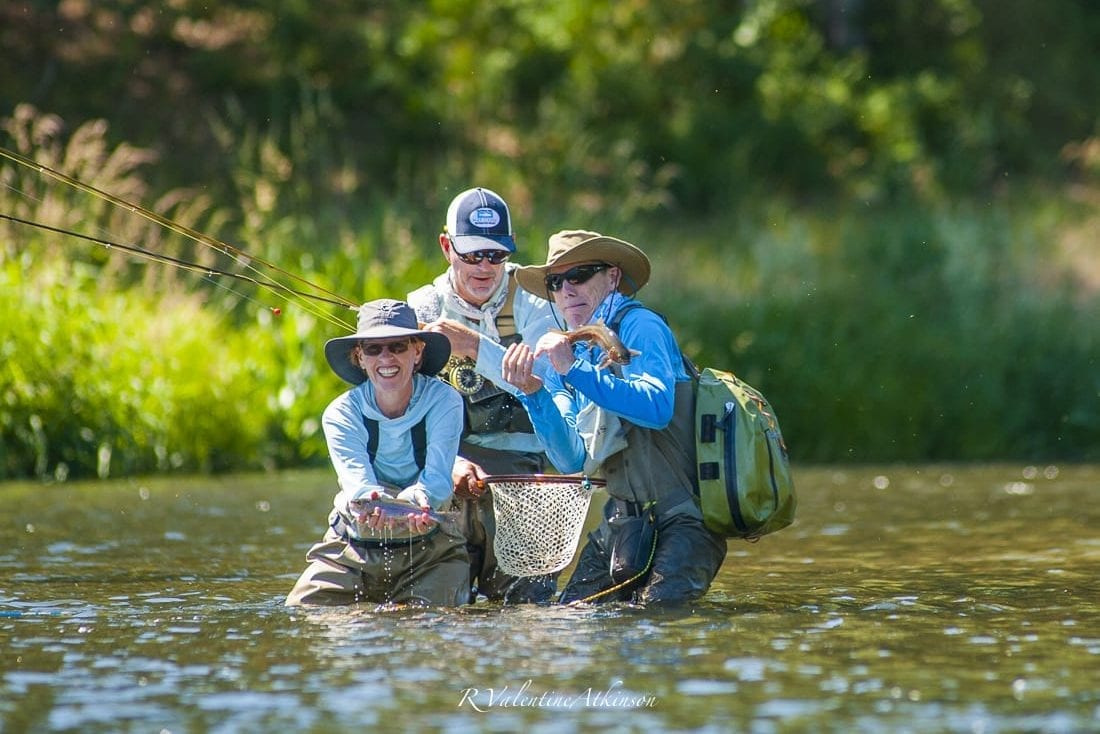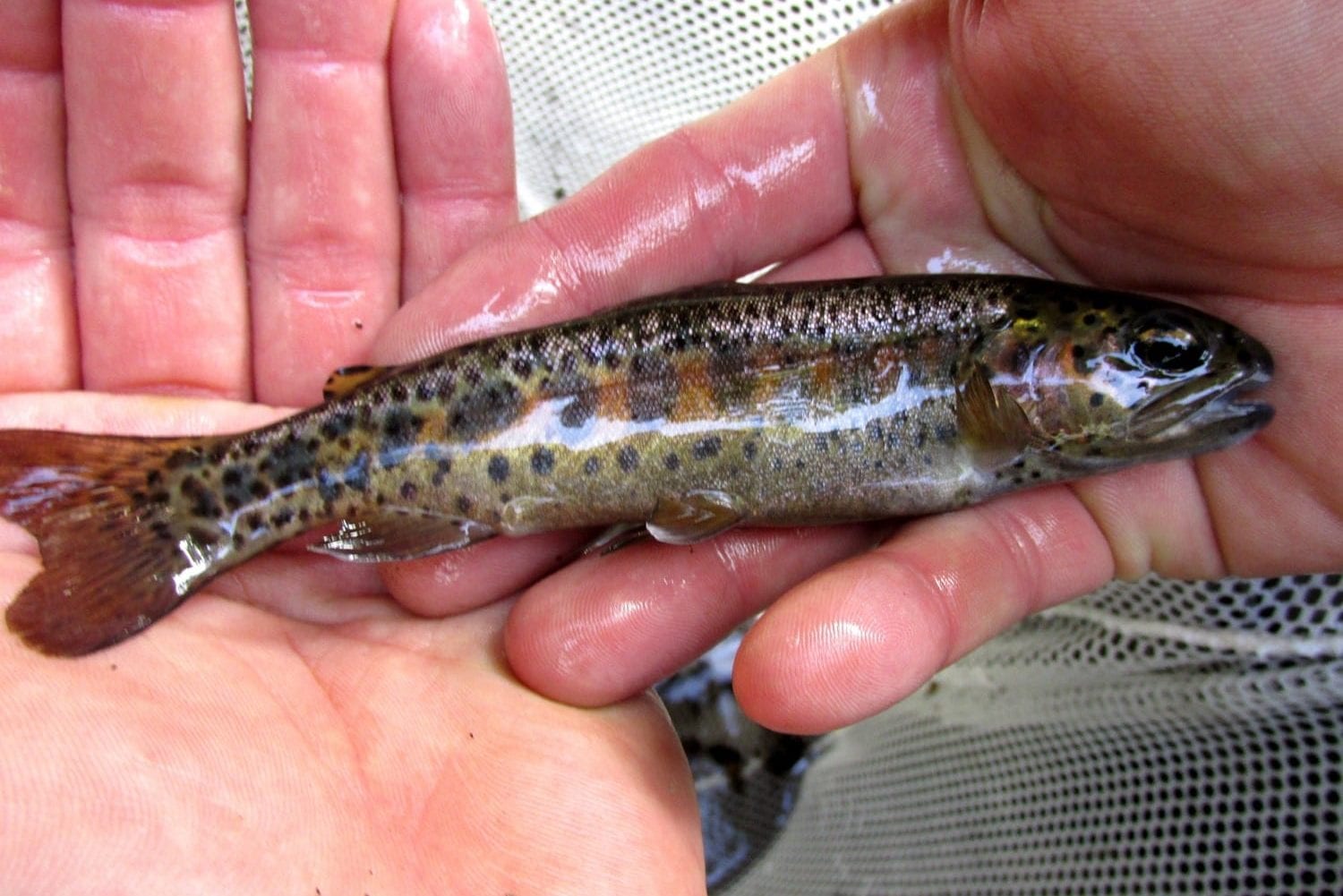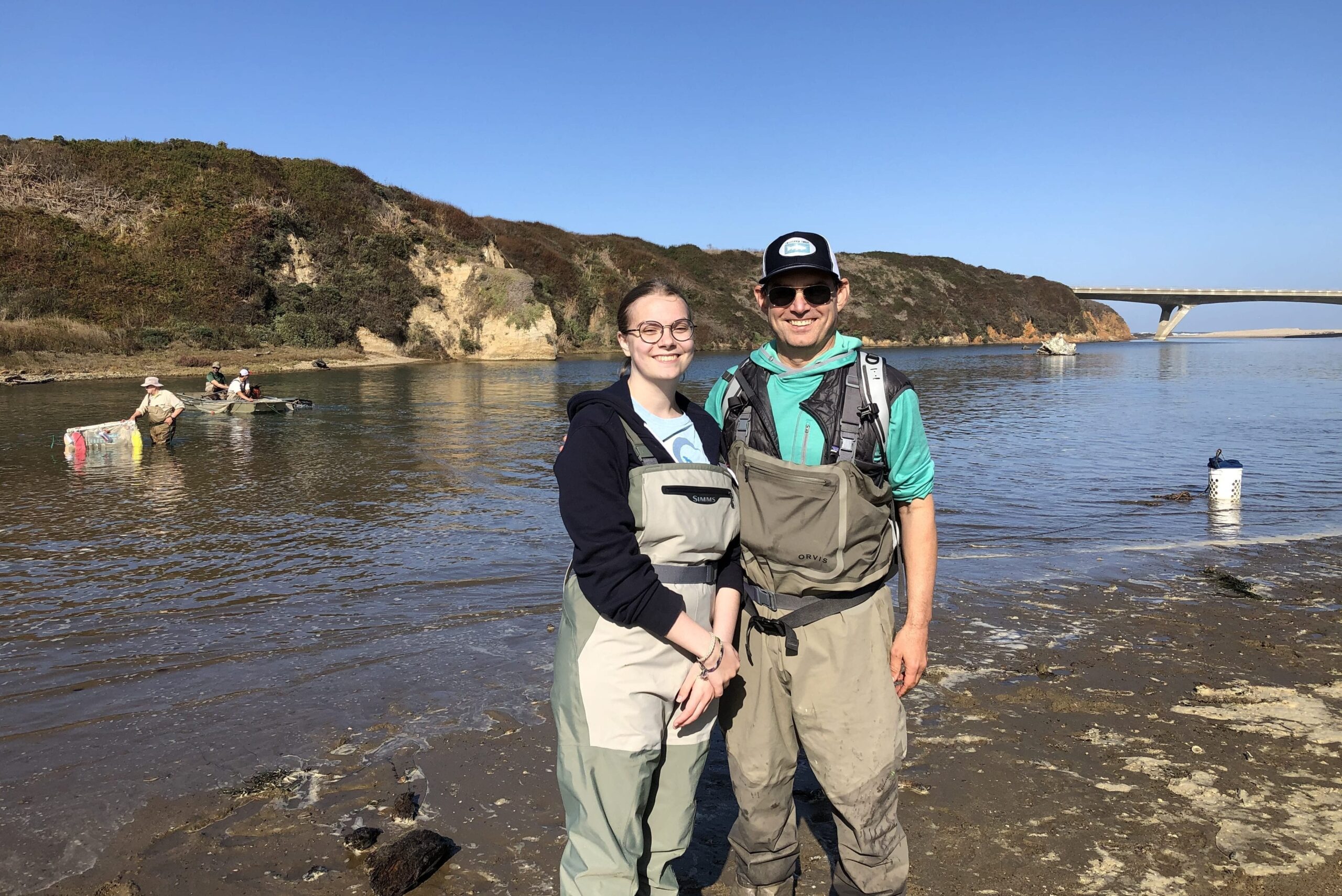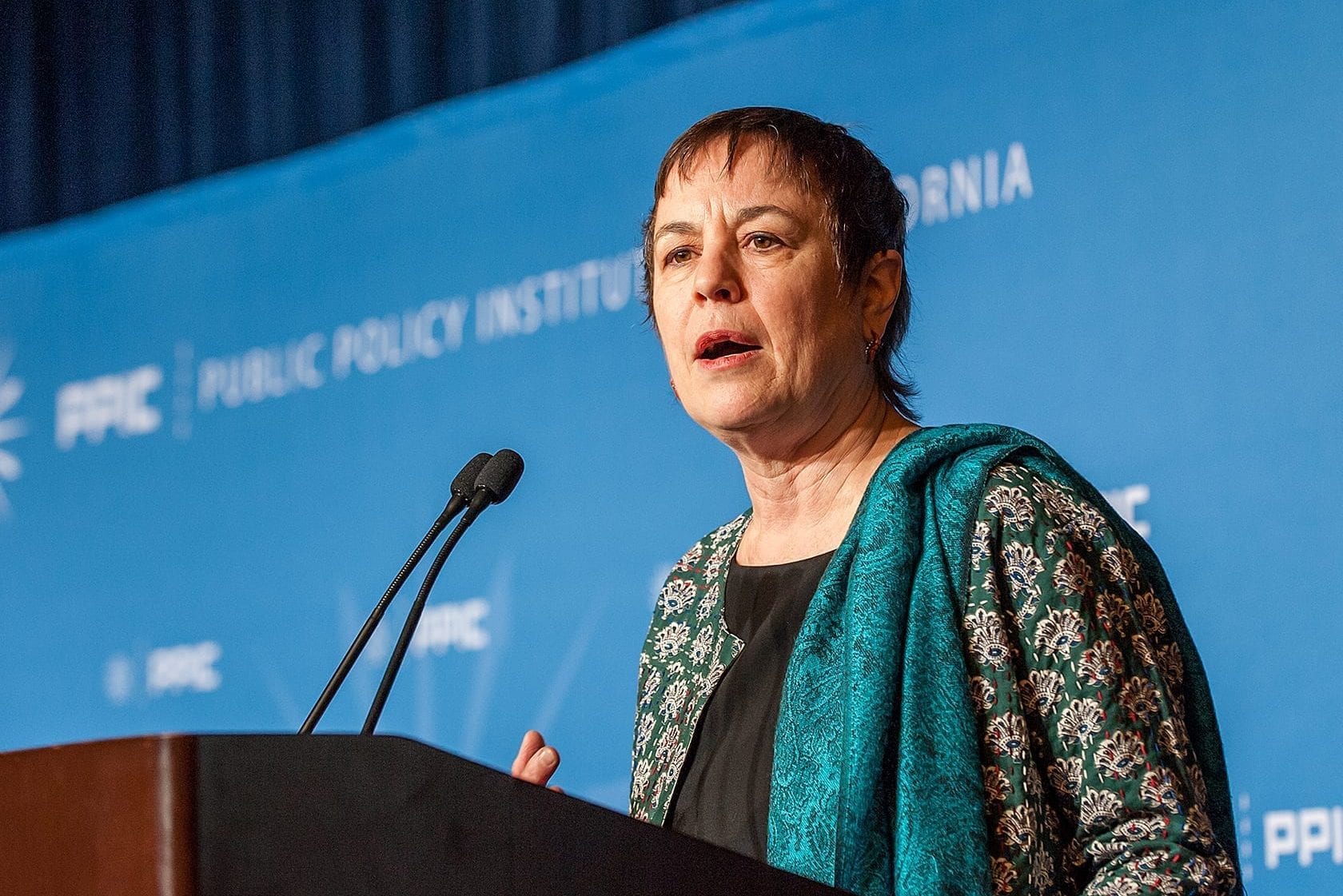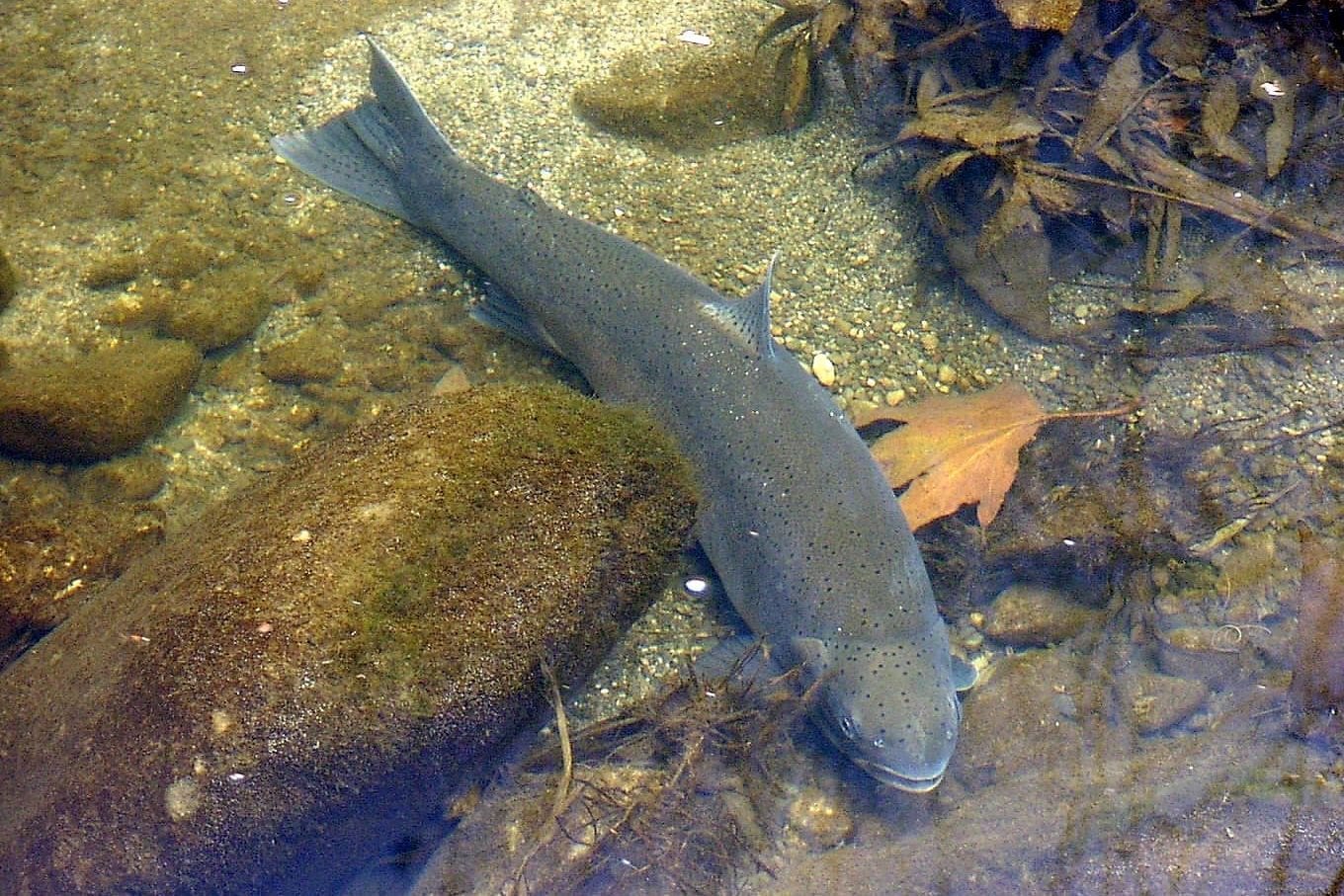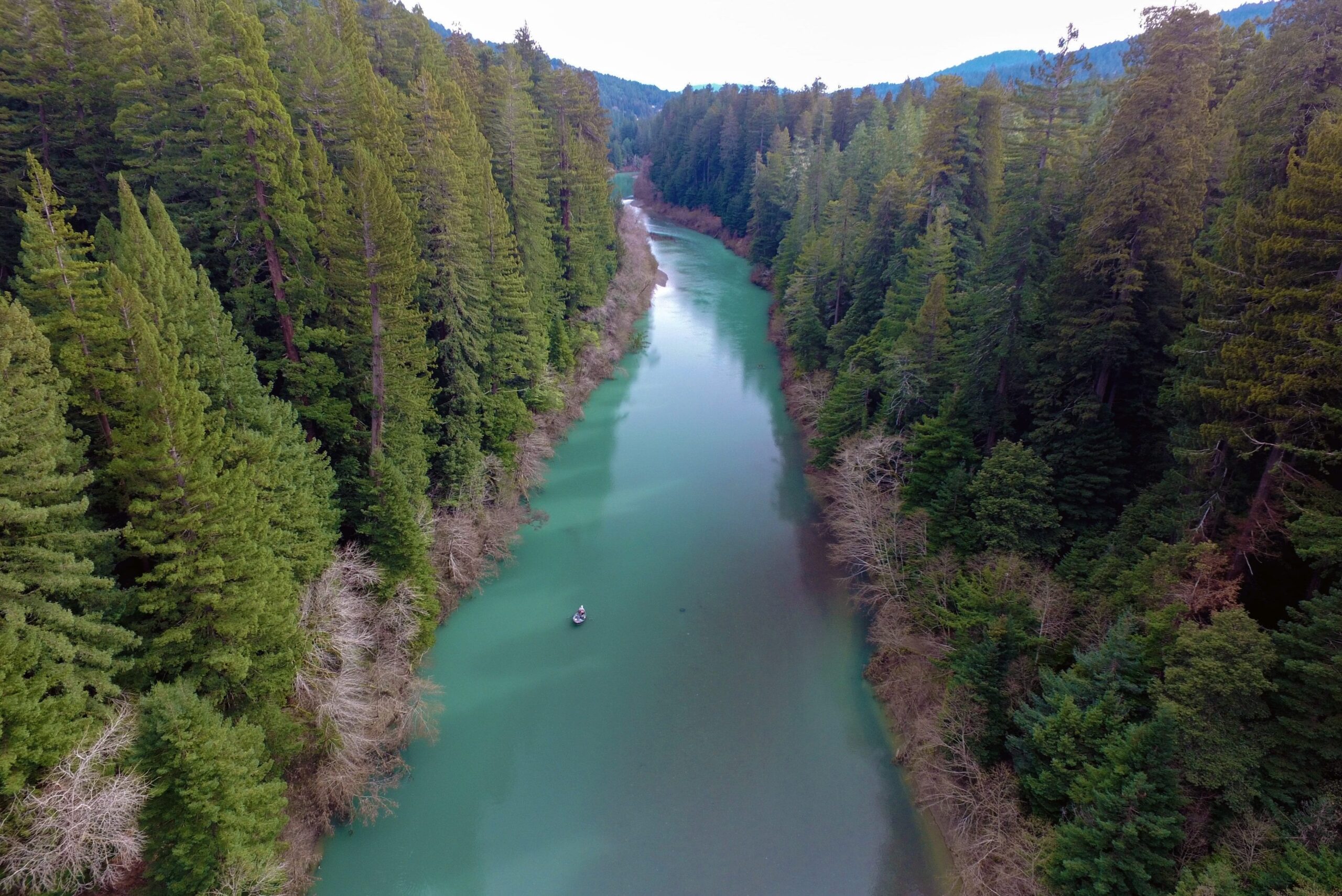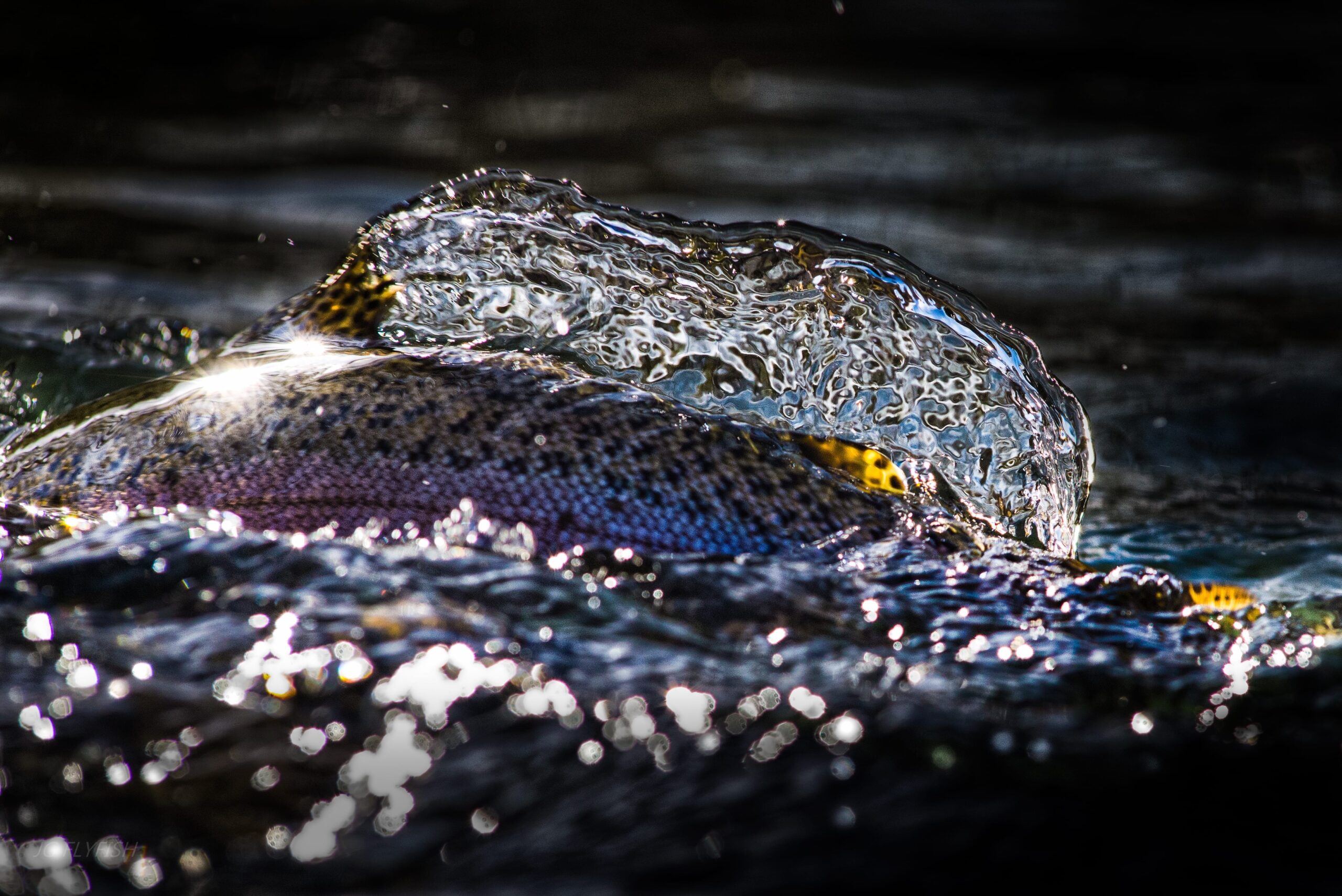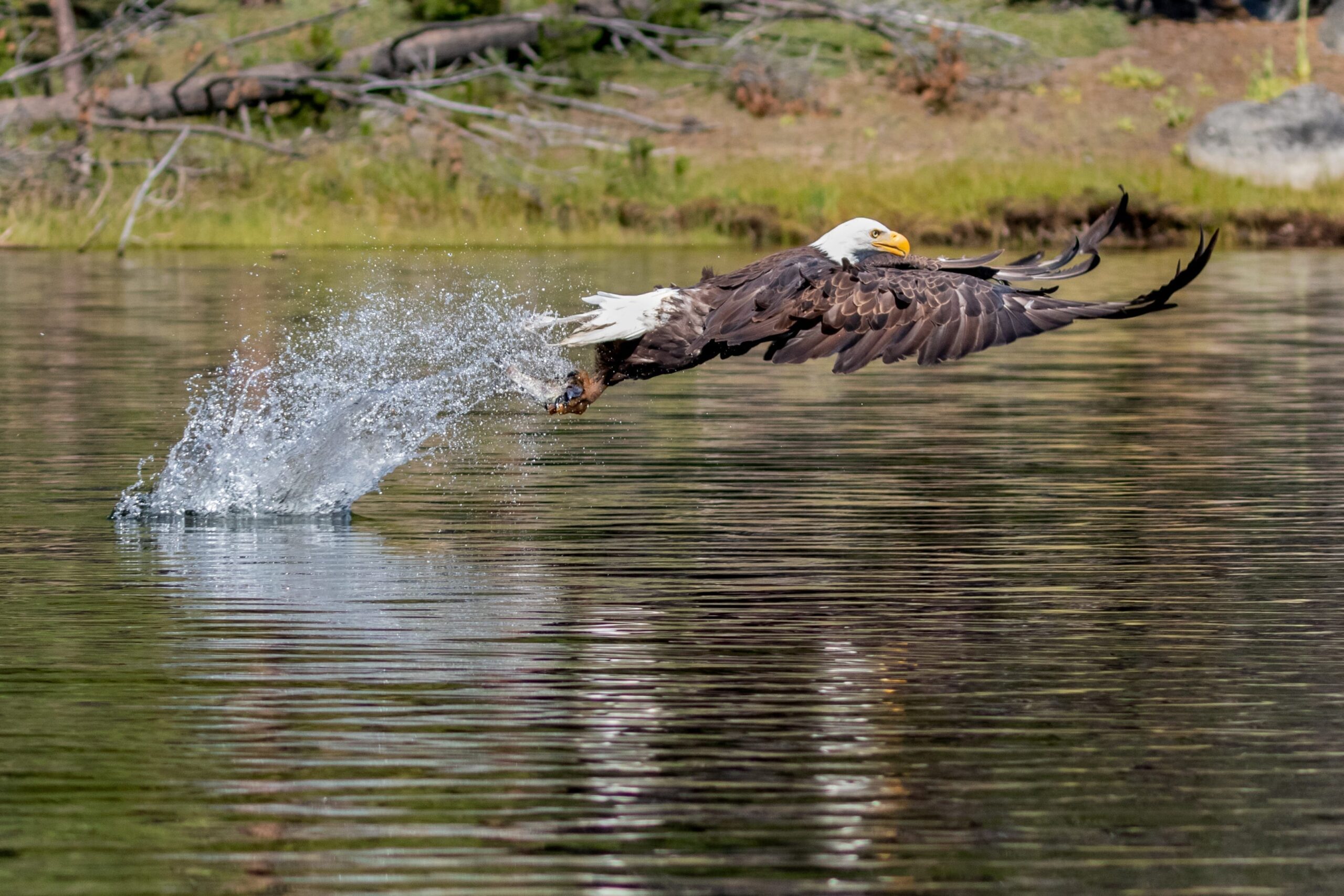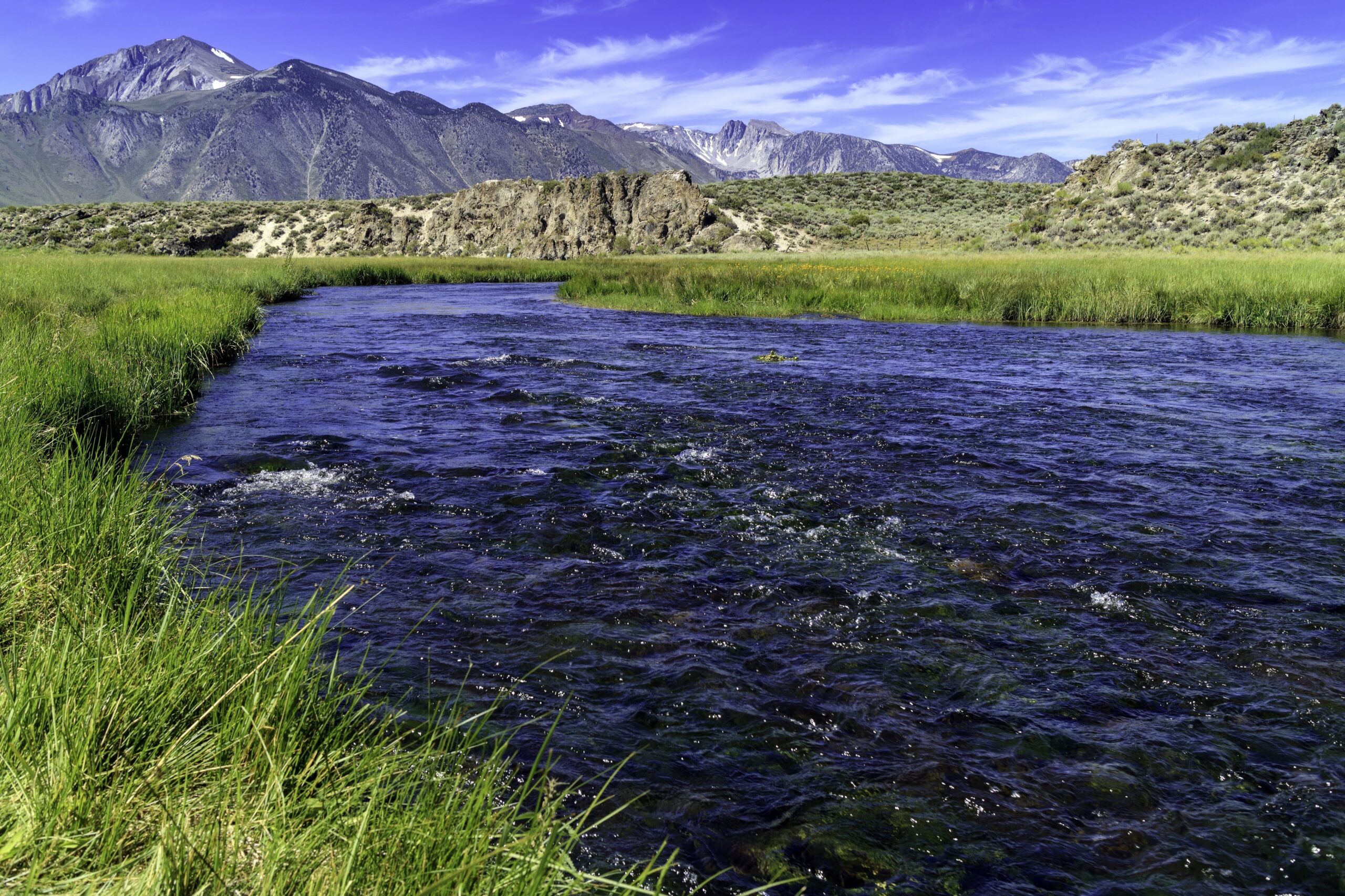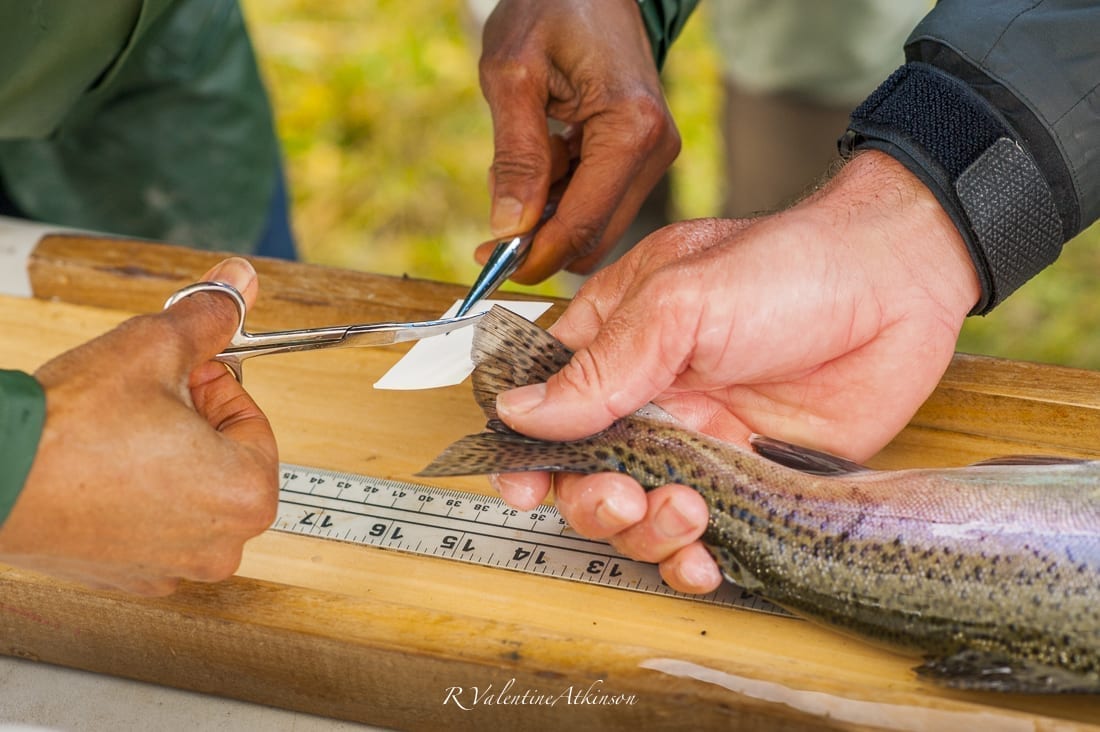Science. Advocacy & Legislation. Action.
These are the three pillars of our core work at California Trout.
Science-Based Solutions. Sound science guides our work. Established as a scientific leader on fish and water issues in the state, California Troutrelies on research to prioirtize the most impactful projects and find innovative, science-based solutions to the state's resource issues.
Advocacy & Legislation. Building and maintaining relationships. CalTrout is deeply rooted in using advocacy to create change. From day one, we championed wild trout management and the concept of catch and release, spearheading efforts to enact programs and legislation to protect California's trout resources.Enacting sensible policies that benefit fish, water, and people requires sound science and strong relationships. We work to build and maintain relationships with legislators and relevant agencies to enact policies for local, regional, and statewide issues ranging from carbon sequestration policy to funding for floodplain-fish projects.
On-the-Ground Action. Increasing scope and scale to make greater impact. We've prioritized our project work on 5 key initiatives - strategiesthat were identified as necessary restore California's native fish by the science-supported findings in SOS II report: Protect the Best, Integrate Wild Fish and Working Landscapes, Reconnect Habitat, Steward Source Water Areas, Restore Estuaries.
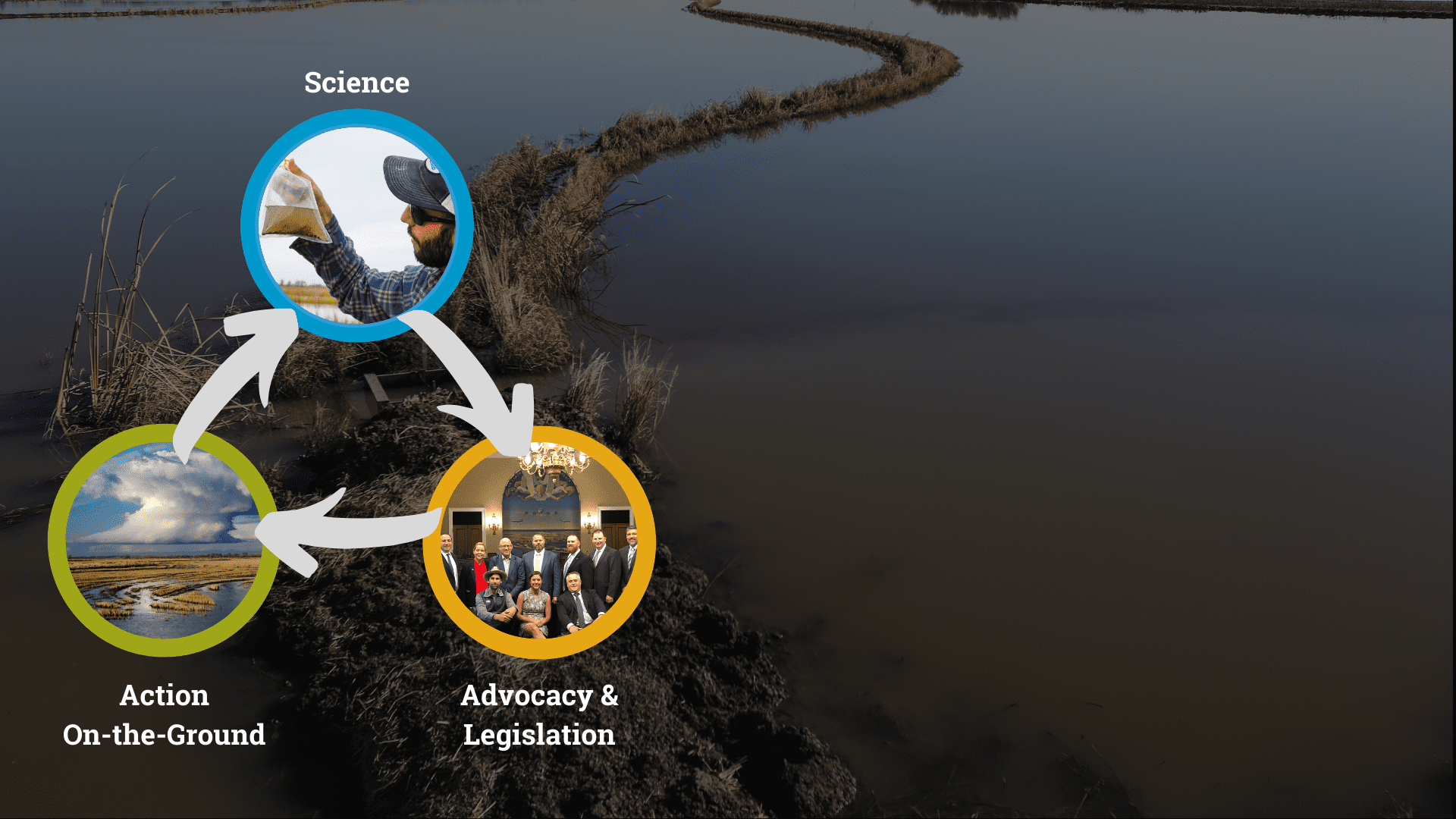
Science is the foundation of all our work. Our approach to restoring fish populations and creating a resilient California is simple: we use science to inform strategic policies and implement innovative conservation actions with the greatest impact. A great example of this flow in action can be seen with our Fish Food on Floodplain Farm Fields (FFFFF) project work in the Central Valley.






